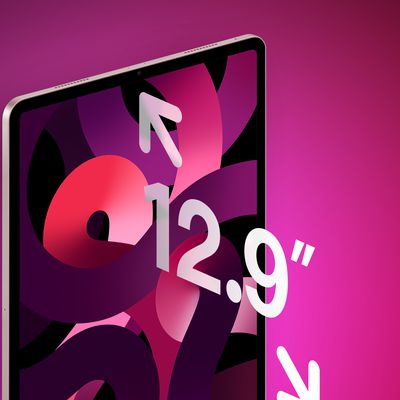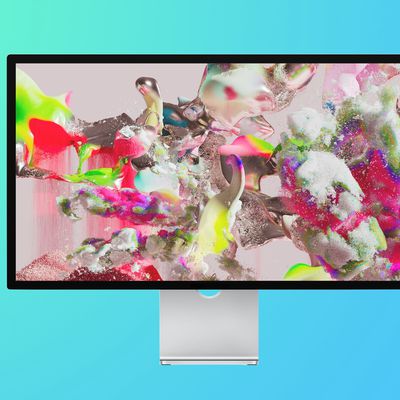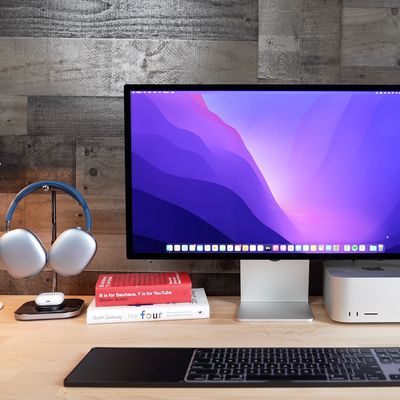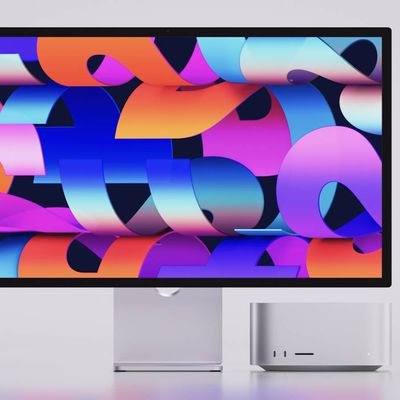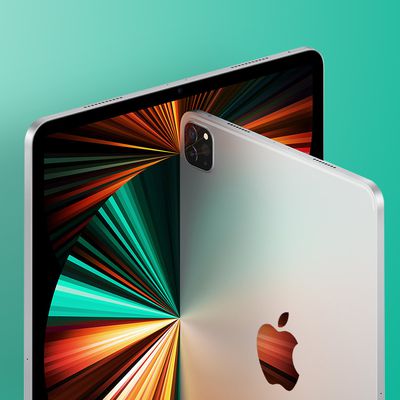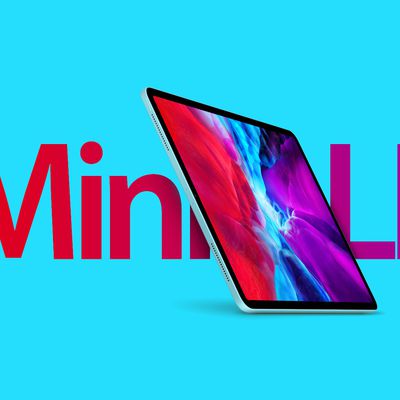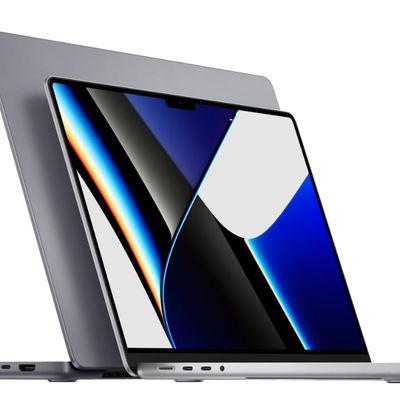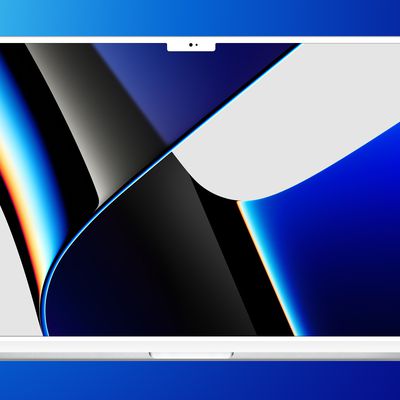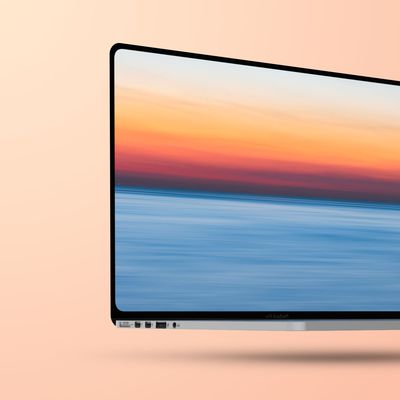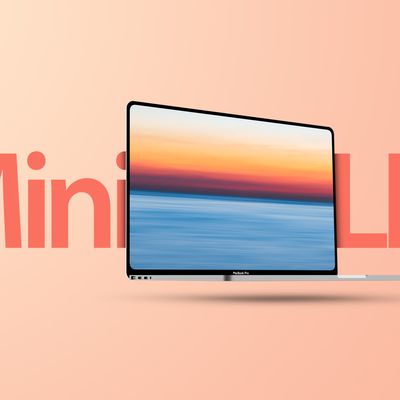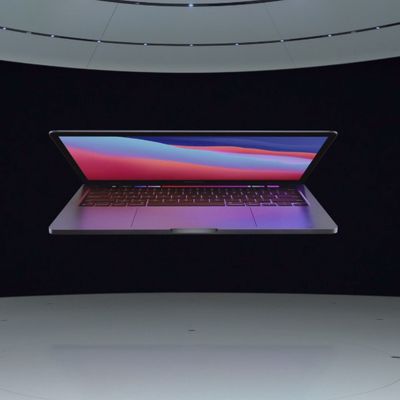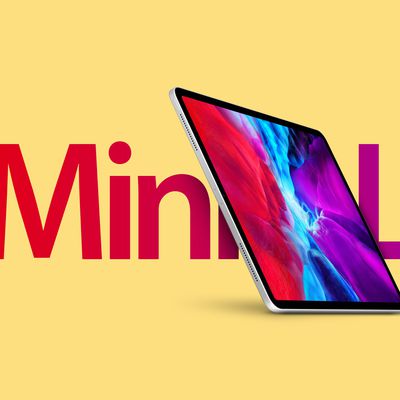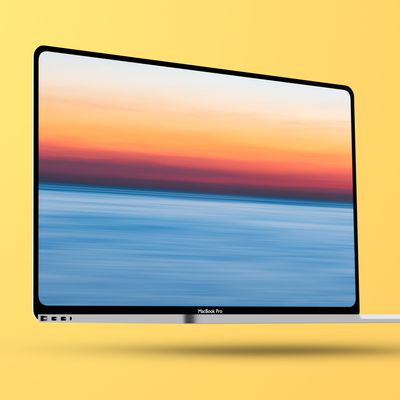Apple is planning to use mini-LED displays for much of its product lineup, adding the technology to multiple Mac notebooks and iPads. Mini-LED displays will bring some useful technology improvements to Apple's products, as outlined in our guide below.
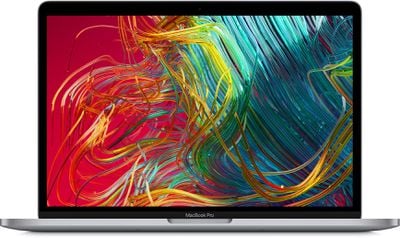
What is Mini-LED?
LCD panels used by Apple use LEDs, or light-emitting diodes inside for backlighting purposes to light up the display. Mini-LEDs, as the name suggests, are smaller diodes that are less than 0.2mm.
A device like a TV features an LCD panel with LEDs for backlighting, with the panel used to control where light is displayed on the screen. Depending on what's on the display, the LEDs are lit up fully or dimmed down for dark scenes. Apple's MacBook models currently use a strip of LEDs at the bottom, while the new Pro Display XDR uses multiple LEDs, 576 to be exact. A mini-LED display will be somewhat similar to the Pro Display XDR, but with more LEDs.
Compared to a traditional LCD that uses multiple LEDs, a panel light with mini-LEDs uses many more LEDs, which means there are more total dimming zones to work with. A traditional display might use hundreds of LEDs, but a mini-LED display could have more than a thousand. Apple, in fact, is said to be exploring mini-LED displays that use 10,000 LEDs, each one below 200 microns.
Mini-LED Improvements
Because there are more LEDs and more dimming zones, mini-LED displays can offer deeper, darker blacks, brighter brights, richer colors, and better contrast because there's more control over what's displayed on the screen with so many LEDs.
Apple analyst Ming-Chi Kuo has also said that Apple's transition to mini-LED will allow for thinner and lighter product designs that offer a lot of the same benefits as OLED. Mini-LEDs are close to the deep blacks and better HDR provided by OLED, but without the burn-in or degradation issues.
LED-backlit LCDs are much more power efficient than the cold cathode fluorescent lighting used for LCD panels in the past, and mini-LED LCDs will have additional power efficiency gains.
Mini-LED vs. Micro-LED vs. OLED
Though the names are similar, there are notable differences between micro-LED and mini-LED displays. Mini-LED is the same as LED backlighting that's used today but with many more LEDs for more dimming zones, while micro-LED is similar to OLED with self-emissive pixels that can each be independently lit.
Apple is working on micro-LED technology as well, but mini-LED will come first in iPads and Macs because micro-LED technology is so expensive right now.
OLED stands for organic light-emitting diode, and in an OLED display, every pixel or subpixel lights up individually in a specific color or switches as power is applied or turned off, allowing for the deepest blacks and the best contrast. micro-LED is similar, but it is made from an inorganic material that does not decay as fast as OLED.
OLED is superior to mini-LED technology because it produces more even lighting with no pixel groups involved, but micro-LED is believed to be superior to OLED because it can offer higher levels of brightness and there are no issues that can lead to screen burn in or drops in brightness over time.
Apple uses OLED displays in its iPhones, but OLED is also a technology that has so far proven to be too expensive to be used for the larger displays of Macs and iPads. Apple may be planning to skip OLED all together in its Macs and iPads, going from mini-LED technology to micro-LED eventually.
Micro-LED is the future technology to look forward to, but mini-LED is the technology that Apple is ready to debut in the near future.
Products with Mini-LED Displays
Apple has been working to implement mini-LED technology for the iPad and Mac lineups, and the following products have mini-LED displays:
Mini-LED Future
The first mini-LED products came out in 2021, and there are currently Macs and iPads with mini-LED displays. Apple is planning to expand its mini-LED product lineup going forward, transitioning much of the Mac and iPad lineup to mini-LED technology.
Guide Feedback
Have a question about Apple's transition to mini-LED, know of something we left out, or want to offer feedback? Send us an email here.


